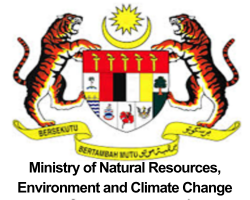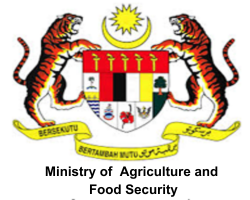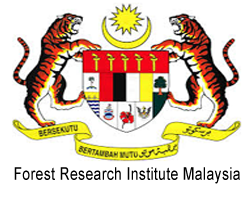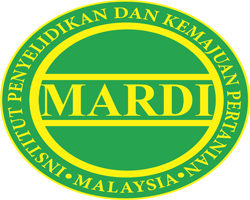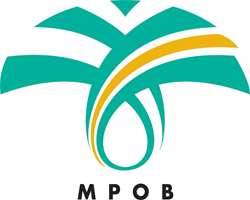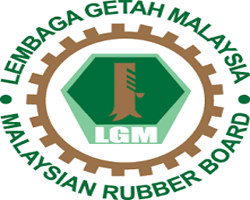Balasundaram, M. S. and Ray, D. K. (1973) Tectonic framework and evolution of India. Bulletin of the Geological Society of Malaysia, 6. pp. 17-25. ISSN 2637-109X
Full text not available from this repository.Abstract
The first ever Tectonic Map of India was published by the Geological Survey of India in 1963 and was presented before the 22nd International Geological Congress, 1964. This map was revised by the Survey in 1968 and the manuscript of the revision was presented before the 23rd International Geological Congress, 1968. In 1970, the Oil and Natural Gas Commission published another Tectonic Map of India and this contains some additional data on the sedimentary basins. The paper deals with the interpretations pertaining to tectonic framework and evolution of India, as presented in revised manuscript of Tectonic map, 1972. They can be summarised as follows: 1. In the Precambrian shield there are three distinct mega-cycles of volcanic-sedimentary metamorphic tectogenesis till about 1600 m.y.b.p. followed by three distinct megacycles of predominantly platform and aulacogen development interspersed by anorogenic plutonism and volcanism. The former straddled the Archaean-Middle Proterozoic period while the latter developments happened during the Riphean and Vendian. 2. The Precambrian shield has been considered to be continuing to the north as the basement of the Himalaya. Subsequent reactivation of the same during the Caledonian and Hercynian tectogenesis and Cenozoic orogenesis is indicated by field evidences. Cenozoic orogenesis/reactivation affected the younger Caledonian and Hercynian platforms too. 3. The Tertiary and Quaternary orogenesis of the Himalaya is considered to be due to the activities along three principal mega-lineament systems and the rudimentary Cretaceous-Eocene eugeosyncline of the ‘ Indus suture ‘ seems to be controlled by Hercynian tectonic pattern and mega-lineaments. 4. Hercynian geosynclinal developments of the Karakorum-Himalaya and the Hindukush are areally related and follow an E-W arcuate trend (convex to the north) in the Karakorum Himalaya sector. 5. The so called ‘ eugeosynclines ‘ of the ‘ Indus suture ‘ are actually westward continuations of the Mesozoic geosynclines of southern Tibet. 6. Principal lineaments, as evident from geological, geophysical and geomorphic data have been shown to have played a significant role in sedimentation, metamorphism and deformation, magmatism and tectogenesis-orogenesis.
| Item Type: | Article |
|---|---|
| Creators: | Balasundaram, M. S. and Ray, D. K. |
| Title: | Tectonic framework and evolution of India |
| Date: | July 1973 |
| Location: | Geological Society of Malaysia website |
| Publication: | Geological Society of Malaysia |
| Volume: | 6 |
| Physical Description: | 9p. |
| Agency Name: | Universiti Putra Malaysia (UPM) |
| Date Deposited: | 21 Mar 2024 04:24 |
| Last Modified: | 21 Mar 2024 04:24 |
| URI: | http://myagric.upm.edu.my/id/eprint/21405 |
Actions (login required)
 |
View Item |

